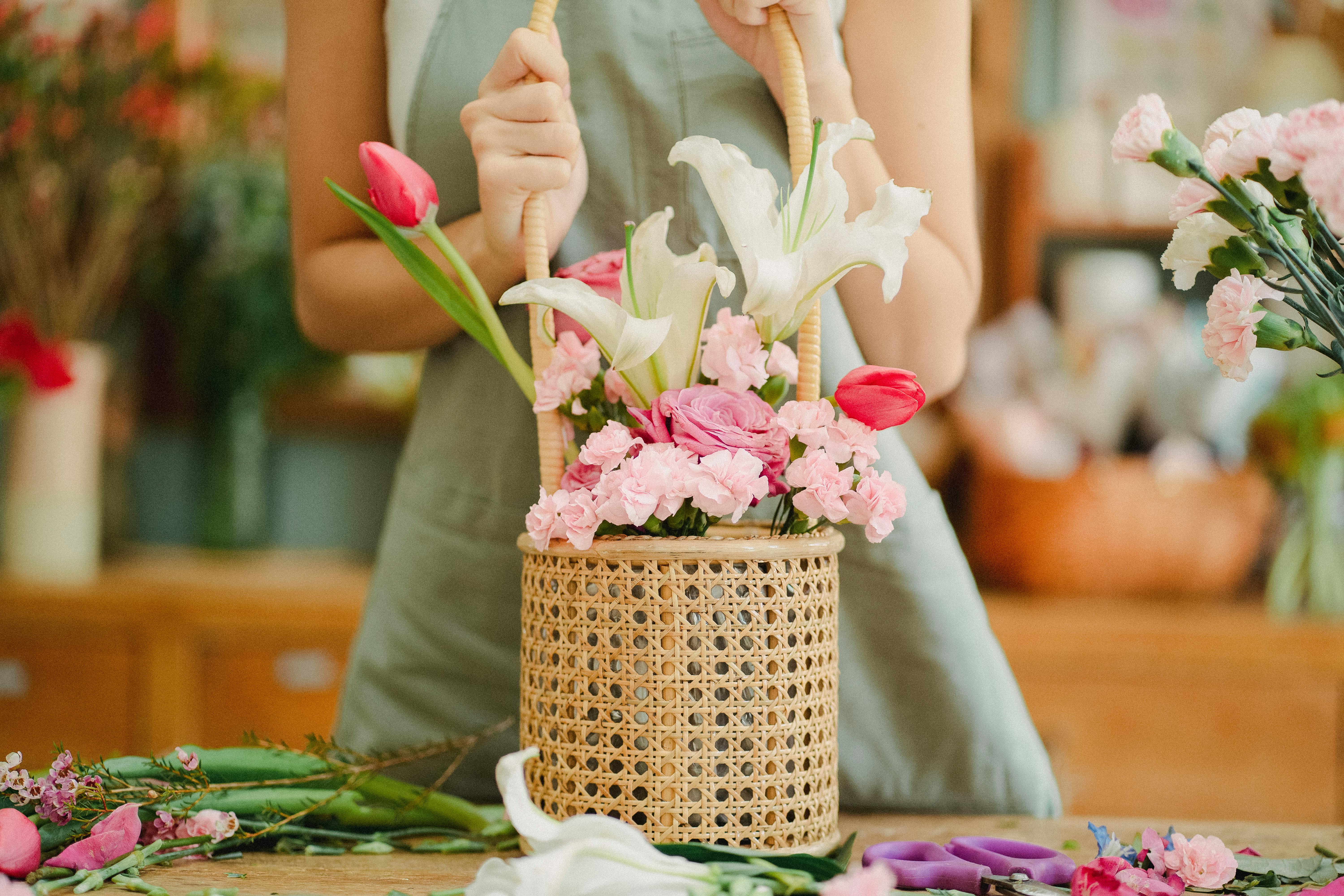
retail history
It is one of the largest employers in the world. It eats up a large part of our money. It’s the retail industry.
Retail is a massive, passive beast that pervades nearly all of our lives. Virtually all of us shop, sometimes as a pleasure and sometimes as a chore.
But when and how did it all start? The answer probably has to do with surpluses. As we got better at cultivating the land, some people found that even after feeding their families and animals and storing food, there was still something left. Instead of wasting this surplus, it was exchanged for other surplus or perhaps for tools or other objects.
Those who had enough land and were particularly good at producing food from it would have realized that they were doing a good thing by deliberately producing surplus. Eventually, the informal trade in goods would have become more organized, with the formation of central markets where these producers could meet regularly to exchange goods.
Of course, trading goods for other goods is fine until you have almost everything you probably need, or the product you want hasn’t been produced yet. To get around this, people started owing property to other people. The first forms of credit may have been only verbal agreements. Over time, some merchants and producers decided to keep track of what was owed. One way this was done was for the debtor to leave some security with the creditor: some object or animal that the creditor would keep until the debt was paid. This was fine until the debtor needed the tool or animal to produce the same goods that were owed to him. An alternative way to denote credit was to use a symbolic object, such as a small animal. Since small animals are not very portable, it became more normal to use small inanimate objects like pebbles. Over time, these small objects became more decorated and valued, and eventually metal coins and paper bills became more and more familiar. So early trading gave rise to money.
Over time, some growers may have realized that they were better at selling the produce than at growing it (or maybe they enjoyed it more!). Others preferred to continue growing. Then there was a gradual separation of the producers and the merchants.
And it wasn’t just food for sale. Tools, trinkets, jewelry, cups, plates, and many other objects would also have been exchanged.
Informal markets would, over time, become more formal and more permanent. This is how the stores began. Other merchants would prefer to travel selling their wares. These became known as peddlers. The sale in a regular market, in a permanent store or the peddling of merchandise is collectively known as retail sale.